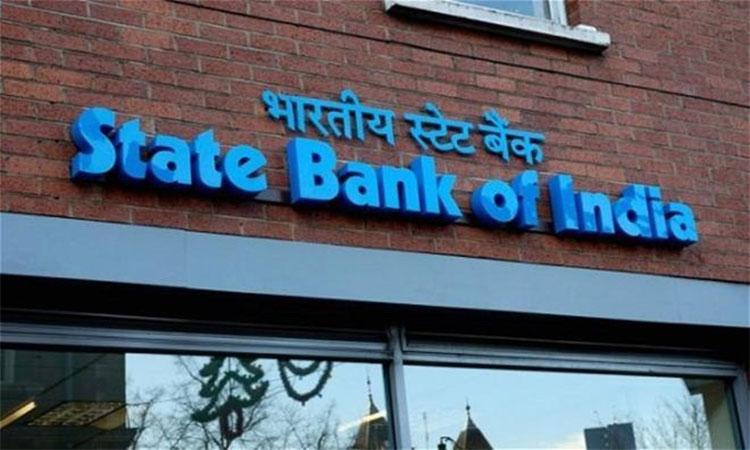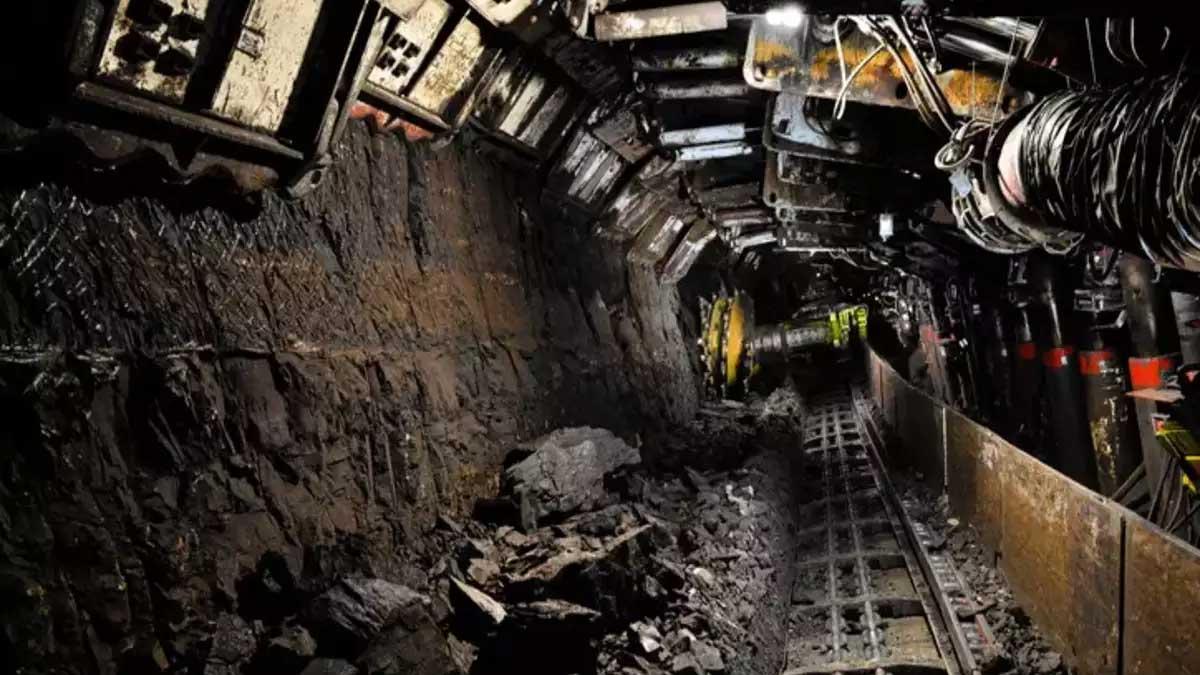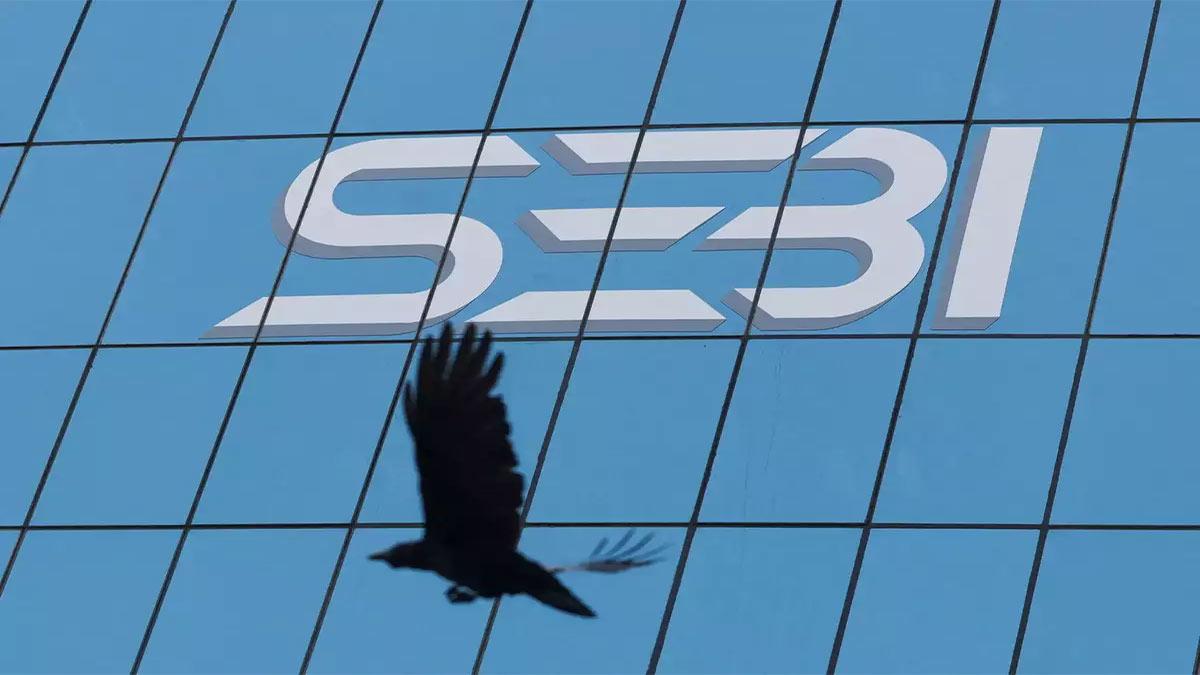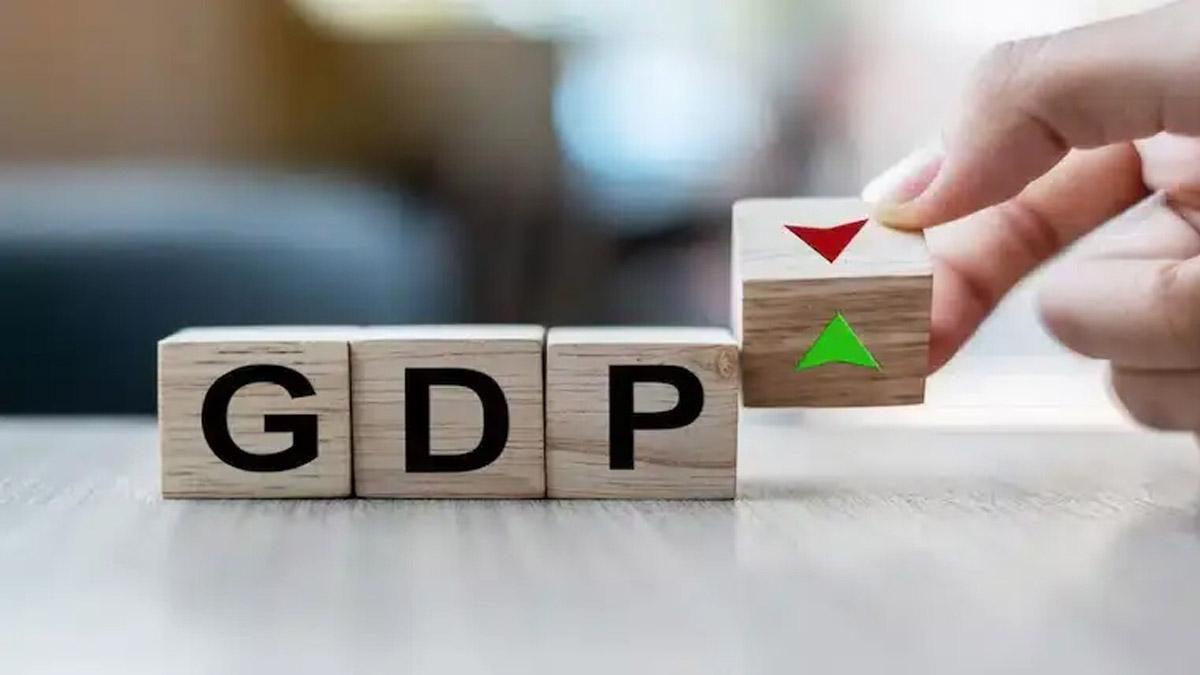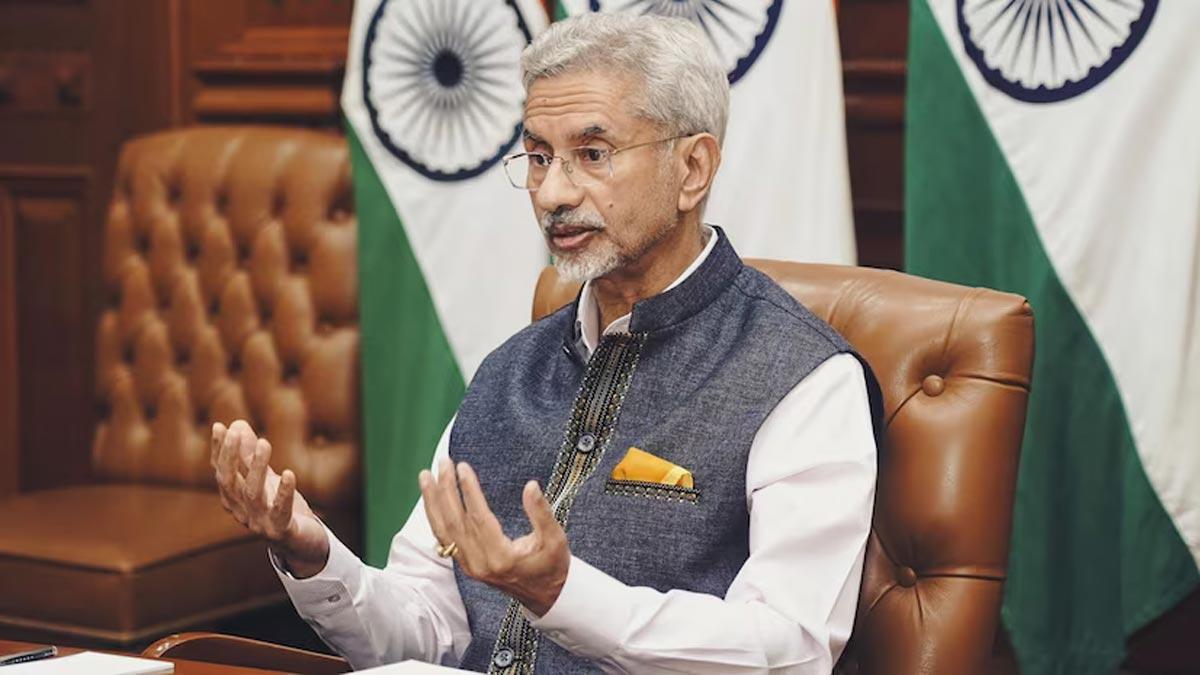The impressive profits posted by public sector banks (PSBs) during Q2FY23 and H1FY23 and indications of good times ahead may not accelerate government divestment, experts contend.
On November 7, Finance Minister Nirmala Sitharaman said 12 PSBs registered handsome net profits during Q2FY23 and also H1FY23.
"The continuous efforts of our govt for reducing the NPAs & further strengthening the health of PSBs are now showing tangible results. All 12 PSBs declared net profit of Rs 25,685 cr in Q2FY23 & total Rs 40,991 cr in H1FY23, up by 50% & 31.6%, respectively (yoy)," Sitharaman said in a tweet.
Arbitrage between the lending and deposit rates, higher credit demand, and lower loan provisions resulted in PSBs posting handsome profits this fiscal, as per experts.
Also Read | Rising interest rates will help Indian banks post healthy profits in FY23: S&P
"We believe PSBs have reported strong profit in 2Q mainly due to meaningful improvement in credit growth, margins on the back of asset re-pricing and lower loan loss provisions as banks are well provisioned on the old NPAs, whereas new NPA formation has been lower due to better recovery trends," Anand Dama, Senior Research Analyst, Emkay Global Financial Services, told IANS.
"We believe PSBs will continue to benefit from better credit growth, margin uptick and lower loan loss provisions, but need to monitor the G-sec yield movement as it could hurt PSBs a bit on the treasury front and also impending bipartite wage negotiation," Dama said.
Will there be an accelerated move on the part of the government to go in for divestment? The government had earlier said it would privatise two of its banks.
"The good numbers may not trigger the government to go in for divestment. The government banks are big and there are not many who can afford them. Secondly, the regulations do not allow corporate groups to acquire banks," a sectoral analyst told IANS preferring
anonymity.
According to the analyst, first, the IDBI Bank divestment has to happen before any other bank can be considered for sale.
The government has invited expression of interest (EoI) for strategic disinvestment in IDBI Bank. As per plan, 60 per cent stakes held jointly by the Life Insurance Corporation of India and the Central government will be sold.
The LIC will cut its stake in IDBI Bank to 19 per cent from 49.2 per cent, while the government will cut its share to 15 per cent from 45.5 per cent at present.
According to the conditions of the EoI, private sector banks, non-banking finance companies (NBFCs), foreign banks and even alternative investment funds registered by the SEBI can bid for IDBI Bank.
Despite posting healthy profits, PSBs losing out to pvt sector banks
Though public sector banks (PSB) posted good profits during the first half of the current fiscal, they are losing business to the nimble and tech-savvy private and small finance banks.
The PSBs had lost market share to private banks and small finance banks during the first quarter of the current fiscal.
This is a unique quirk where both PSBs and the private banks have grown at roughly equal levels in absolute terms but the latter has gained a bigger share while PSBs lost theirs, CARE Ratings said in a report.
Similarly, Kotak Securities, in a report, said the private banks have increased their market share in current accounts and in the corporate segment while public banks have been losing share steadily in the household and government sectors.
On Nov 7, Finance Minister Nirmala Sitharaman said 12 PSBs registered handsome net profits during Q2FY23 and also H1FY23.
"The continuous efforts of our govt for reducing the NPAs & further strengthening the health of PSBs are now showing tangible results. All 12 PSBs declared net profit of Rs 25,685 cr in Q2FY23 & total Rs 40,991 cr in H1FY23, up by 50% & 31.6%, respectively (yoy)," Sitharaman tweeted.
Also Read | September, historically, the worst month of the year for the US stock market
Be that as it may, according to CARE Ratings, the outstanding bank deposits reached Rs 170 lakh crore as of June 30, 2022, registering a 9.5 per cent growth yoy.
The overall deposits of private banks rose in double digits whereas PSBs reported 6.9 per cent growth. The low cost current account, savings account (CASA) deposits saw double-digit growth and outpaced term deposits. CASA for private banks rose by 16.2 per cent whereas PSBs reported growth of 7.6 per cent due to higher interest rates and
client acquisition.
The private banks reported a strong credit growth of 18 per cent as compared to 9.6 per cent over a year ago, due to a focus on the retail credit market.
In absolute terms, private banks' credit expanded by Rs 7 lakh crore to reach Rs 46 lakh crore in Q1FY23 over a year ago, said CARE Ratings.
According to the credit rating agency, PSBs reported a healthy rise of 11.5 per cent as compared to 3.1 per cent over a year ago due to retail credit, inflation induced working capital requirement, MSMEs driven by emergency credit line guarantee scheme (ECLGS), and
low-interest rates.
In absolute terms, credit expanded by Rs 7.3 lakh crore to Rs 68.3 lakh crore in Q1FY23, CARE Ratings said.
In terms of credit growth performance, private banks outperformed by a wide margin of 650 bps in Q1FY23. It also gained the market share from PSBs by 120 bps yoy and reached 36.8 per cent due to higher retail credit growth and aggressive capturing of the credit market, CARE Ratings said.
In terms of deposits market share, private banks accounted for a 31.3 per cent share, gaining 115 bps yoy in Q1FY23, whereas PSBs held a 59.9 per cent share, losing 144 bps yoy.
Also Read | Global stock markets fall amid concern over rising prices
CARE Ratings said private banks have been continuously gaining market share due to the aggressive acquisition of clients and offering better services.
In absolute terms, CASA rose by Rs 7.6 lakh crore in Q1FY23, reaching Rs 75.7 lakh crore as of June 30, 2022.
The private banks and PSBs expanded their CASA by Rs.3.4 lakh crore (growth rate 16.2 per cent yoy) and Rs.3.1 lakh crore (growth rate 7.6 per cent) respectively during the quarter.
Many PSBs saddled with weak assets, high credit costs: S&P Global Ratings
While the government-owned State Bank of India (SBI) and leading private banks have addressed their asset quality challenges, the same cannot be said about many other Indian public sector banks (PSB), said S&P Global Ratings in its latest research report on the global banking scene.
According to the report, many large PSBs are still saddled with weak assets, high credit costs and poor earnings and the polarisation of the bank performance will persist.
Simply put, credit cost is the value of loan loss/bad loans.
"Similarly, we expect a mixed-bag performance for finance companies (fincos). The asset quality of these fincos is often weaker than that of major private sector banks," the report notes about the Indian banking and financial sector.
The global credit rating agency said India's economic growth prospects should remain strong over the medium term, with gross domestic product (GDP) expanding 6.5 per cent-7 per cent annually in fiscal years 2024-2026.
"We project the banking sector's weak loans will decline to 4.5 per cent-5 per cent of gross loans by March 31, 2024. Likewise, we forecast the credit costs to normalise to 1.2 per cent for fiscal 2023 and stabilise at about 1.1 per cent-1.2 per cent for the next couple of years. This makes credit costs comparable to those of other
emerging markets and to India's 15-year average," S&P Global said.
Over the next few years, S&P Global expects the loan growth in India to stay somewhat in line with the trajectory of nominal GDP, and loan growth to the retail sector to continue to exceed that of the corporate sector.
Also Read | Bull market for US stocks on the brink of expiring
Corporate borrowing is also picking up momentum, but the uncertain environment may delay capital expenditure-related growth, the report notes.
"A shift to bank funding from capital market funding is also driving a pickup in corporate loan growth. Deposits may find it hard to keep pace, leading to a weakening in the credit-to-deposit ratio," S&P Global said.
According to the report, the credit-to-deposit ratio has improved in the past few years.

